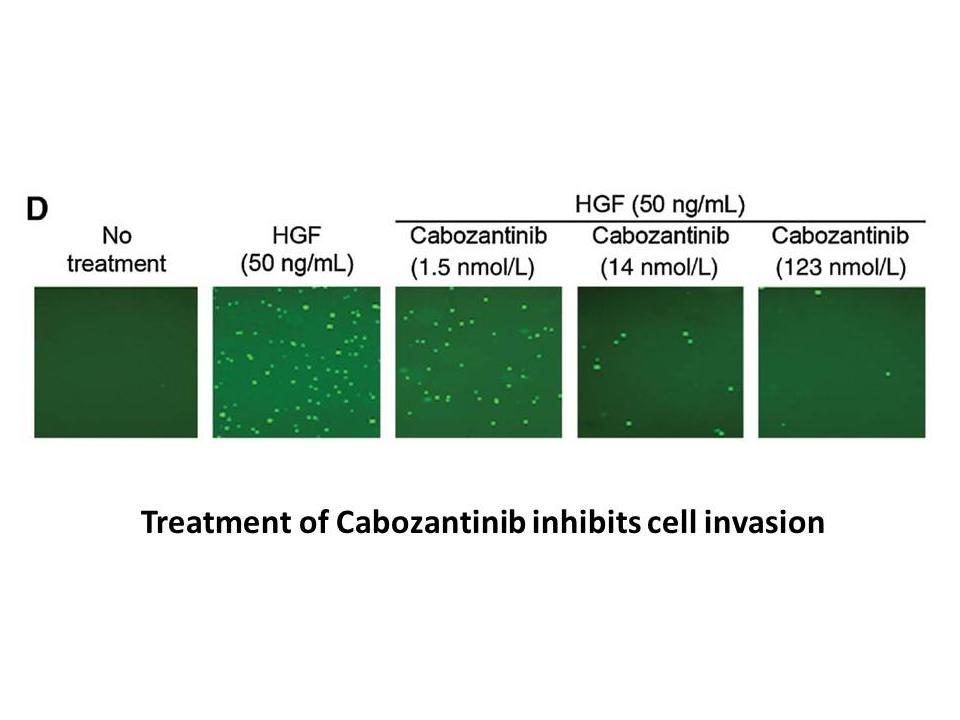Archives
Our research team has already reported on
Our research team has already reported on associations between poorer physical and mental health outcomes in later life and higher reported warzone stress exhibited by the deployed nurses in this strontium chloride cohort. We found that their PTSD symptoms mediated the effect of warzone stressors on their mental, but not physical, health functioning (Pless Kaiser, Spiro, Lee and Stellman 2012). In another study, we found cumulative trauma exposure (childhood and adulthood trauma, and combat) to be related to poorer mental and physical health functioning, with each type of trauma uniquely contributing to outcomes. Lower levels of social support increased the negative impact of combat on well-being (Park, Wachen, Pless Kaiser and Stellman, 2015).
We have also carried out qualitative analyses of responses to questions about stressful and positive Vietnam experiences among the military women. We found, as did Norman (1990), that nearly all respondents (96%) described a positive experience; in addition 68% also described a negative experience. The emergent themes for positive experiences were the importance of interpersonal relationships, of helping others, personal and professional growth, travel/new experiences, and patriotism. Themes for negative stressful experiences included poor living and working conditions, exposure to the consequences of war, physical threat, ethical/moral problems, negative interpersonal experiences (including rape and sexual harassment), and drug and alcohol problems. Those who described negative stressful experience had lower mental health functioning scores and higher scores for overall stress and difficulties in Vietnam compared to those who did not provide open-ended negative responses (Pless Kaiser, Wang, Davison, Park, & Stellman, 2017).
The analyses in the present paper expand the cohort to include the deployed civilian women and provide further additional analyses on the deployed military women. We have also taken advantage of the fact that our survey shared several items with the contemporaneous 1998 and 2000 waves of the General Social Survey (GSS) to situate our findings within the wider social context provided by that representative national sample of women (http://www3.norc.org/gss+website/). We compare patterns of marriage and childbearing and examine several long-term indicators of happiness and well-being in these distinctive groups.
Within our sample of deployed military women, there were major differences in length of military service, which ranged from two to three years to greater than twenty years (See Fig. 2). We have previously found length of service to be an important factor related to outcomes (Pless Kaiser et al., 2012). Therefore, throughout these analyses we have stratified the military women by length of service (short-term, middle and long-term career military).
Key factors considered in the analyses are warzone experiences and working conditions (e.g., sexual harassment, exposure to casualties, volunteer activities with the people of Vietnam), and the social environment to which these women returned in the United States. A wide variety of responses have been associated with stressful or traumatic experiences (http://www.ptsd.va.gov/public/problems/common-reactions-after-trauma.asp). In Replication fork paper we specifically explore happiness, well-being, and mental health symptoms reported by these women some twenty-five years after their return from Vietnam. We examine their self-rated health, physical and mental health functioning and self-reported severity of PTSD symptoms.
functioning and self-reported severity of PTSD symptoms.
Methods
Results
Demographic characteristics of the cohort, stratified by length of service and civilian vs. military status, are shown in Table 2. In the tables overall group comparisons are displayed, not specific group comparisons. Civilian women differed significantly from the three military groups on all demographic factors. Career military women were significantly less likely to marry or to bear children, compared with the short-term military women (p < 0.001). While career military and civilian women were more likely to have had professional education than the other groups, there were no significant differences in family income after adjusting for marital status (results not shown). Short-term military veterans were significantly younger when deployed to Vietnam than the middle-term military and career military women (see Table 2 and Fig. 3).